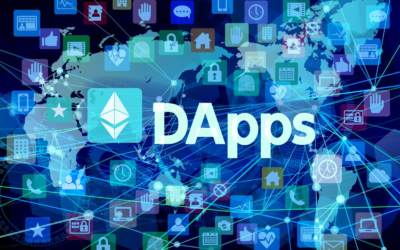The fact that it will be decentralized, unlike the previous versions that had all internet data stored into centralized repositories, emerges as a radical shift. The term Web 3 was first used by Ethereum co-founder, Gavin Wood, in 2014 but it gained popularity in 2021. Experts expect that the new version would involve blockchain technologies such as cryptocurrencies and Non Fungible Tokens(NFT). It would give users and machines the ability to interact with data via semantic web and artificial intelligence (AI). No data will be stored in the centralized server, therefore, it will give independence to its users as their data will be stored in their own custody. They can share the revenue with the platform to monetize their content.This would change how many social media platforms work as the creator would have ownership over their content and they could sell it or monetize their content. Web 3 has brought a shift in the gaming industry because with the new version gamers can control how the game runs and what bugs need to be fixed. In Web 3 gamers can invest in the game. Web 2 companies like META are creating virtual worlds powered partly by Web 3. Web 3 will also actively involve the use of NFTs which makes owners the immutable owners of what they accrue.
Web 3.0 or Web 3 was originally referred to as the Semantic Web by Tim Bernes Lee, inventor of the World Wide Web. Web 3.0 comes as the iteration that intends to be autonomous, intelligent and the open internet that connects data in a decentralized way, thus giving more privacy than ever. As put by various users, Web 3 is the phase where participants govern the and operate the protocols themselves. Instead of being mere customers and products they will be turning into participants and shareholders. The shares in web 3 are called Web 3 tokens or web 3 crypto that represent ownership of blockchains. To have a say over the decisions made in the blockchain, a holder must have enough tokens to participate in the decision-making process.
This evolution is yet to come with the intention to develop a more intelligent internet, capable of processing information with near-human-like intelligence. The prominent features of Web 3.0 are:
- Ubiquity: The internet available to everyone at all times.
- Semantic Web: Data analysis to decode meaning to achieve better data connectivity.
- Artificial Intelligence: Incorporated to provide users with unbiased and filtered data.
There is a major hindrance that can arise with Web 3 such as Data Loss. Though Web 3 is decentralized and provides freedom to its users, there can be complete loss of data and no source to retrieve it. The users will be responsible for the possession of keys. There is the concern of censorship resistance, because Web 3 would be decentralized there will be no regulatory body to impose censorship of content and thus anyone could post anything. Another issue that arises with the Web 3 network is the ownership which often lands in the hands of early adopters and capitalists. Irrespective of the claim that it is decentralized, the web is controlled by figureheads. There is another issue of voter absenteeism.
Despite the potential problems that exist, Web 3 is promising and fulfills all the things the previous versions were unable to provide.










